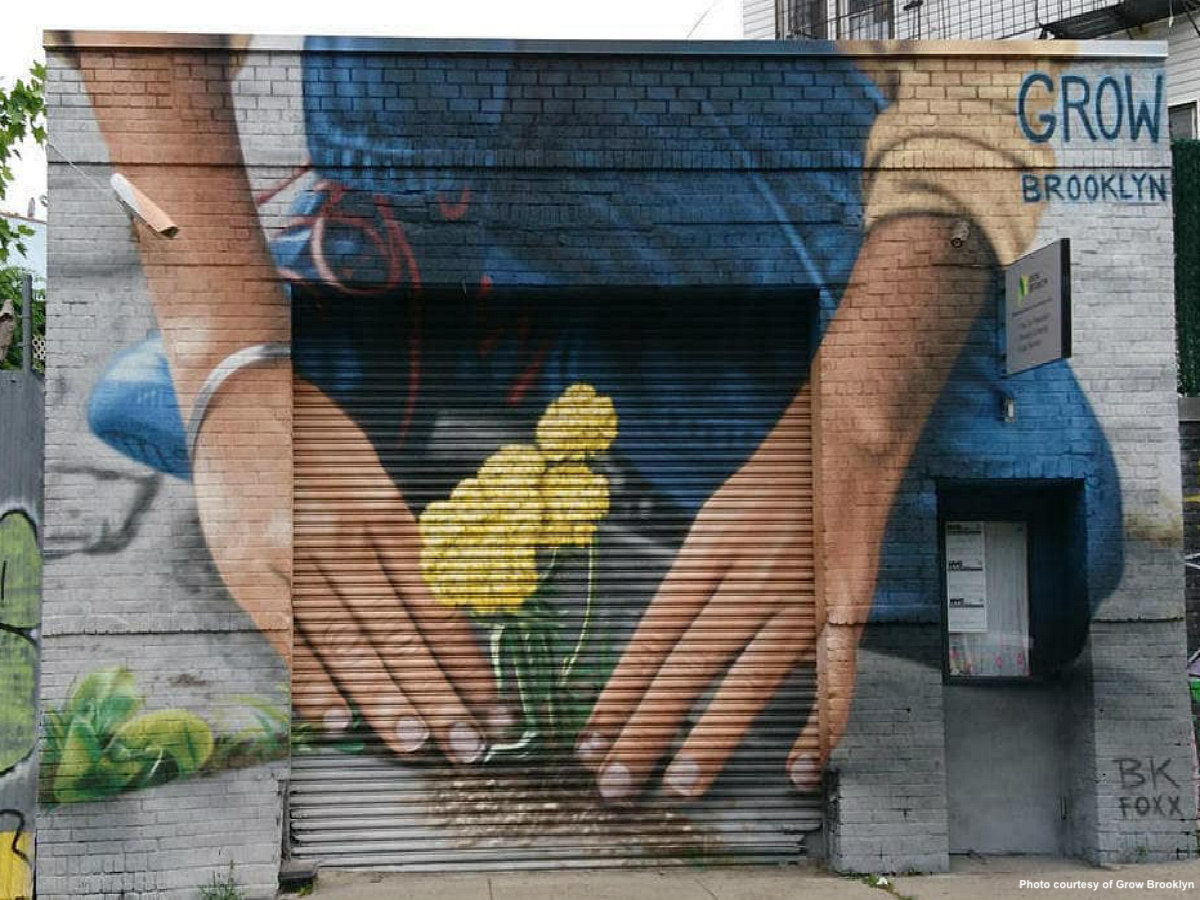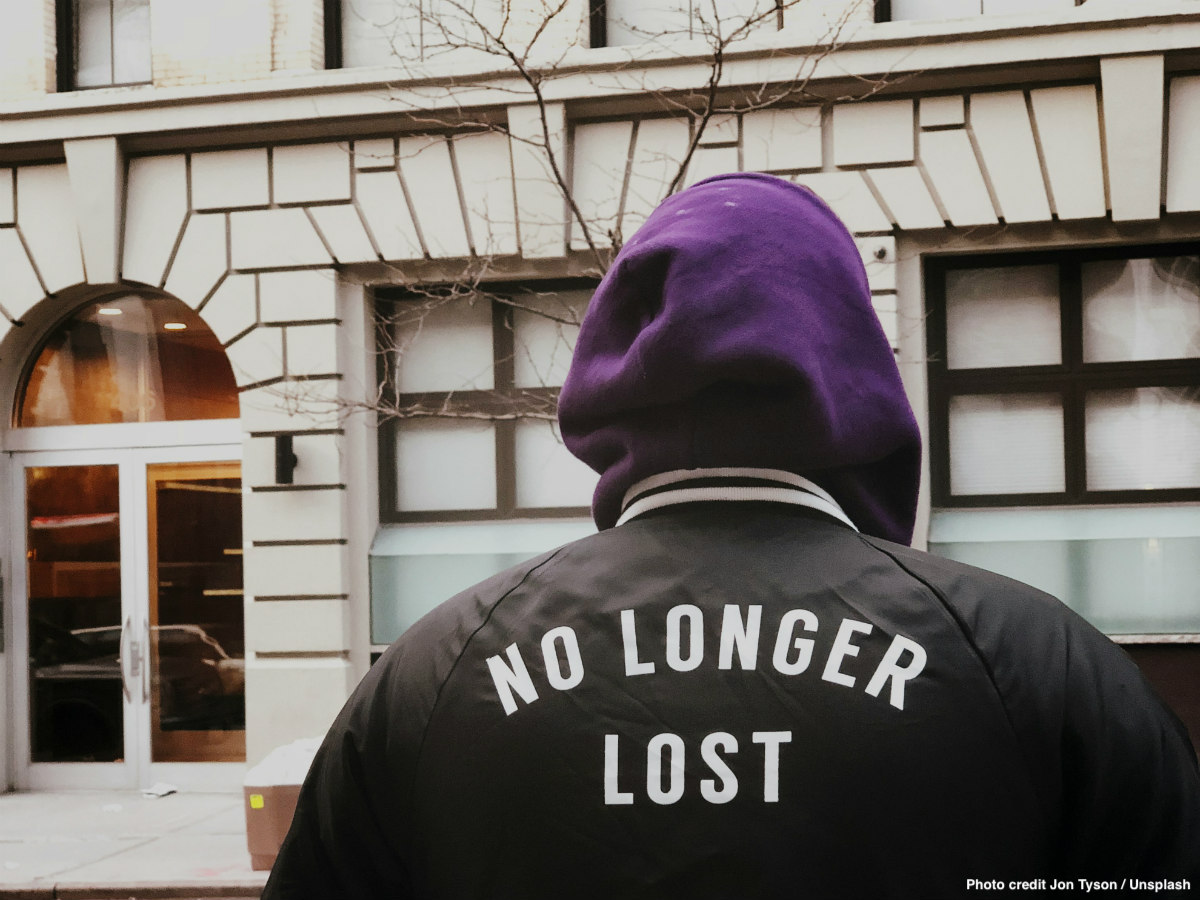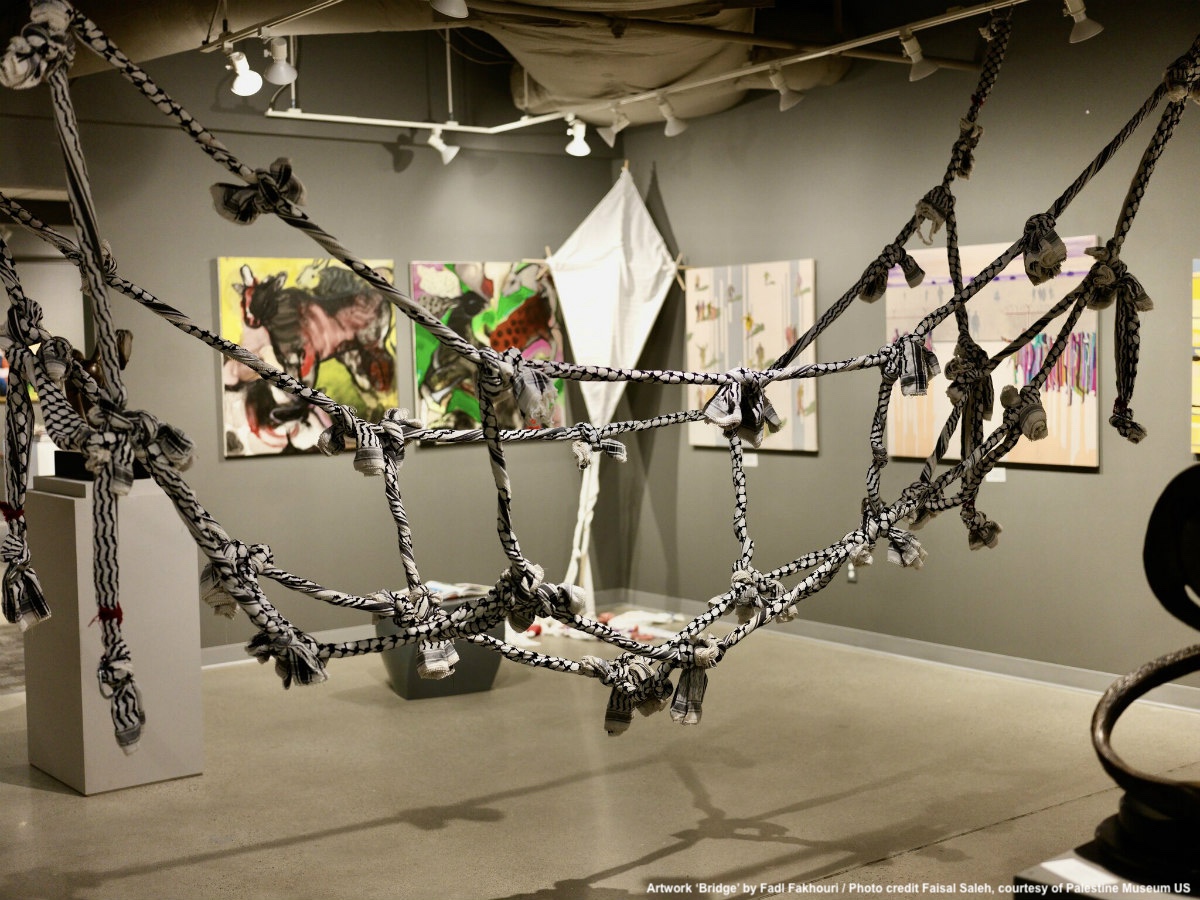The week begins with a beautiful morning in New York and I have agreed with Samira Rajan to meet for breakfast at a place she suggested in Fort Greene, Brooklyn. She lives in the area and Mondays is her day off. I find it remarkable that I am meeting the CEO of a banking cooperative, in a neighborhood where some locals recalled the inconvenience of having no accessible bank branch and had to go to Manhattan to deposit a check. Since then, this neighborhood, like other parts of Brooklyn, has flourished from the economic ravages of the 1970s.
Rajan is already waiting inside and I feel her suspicious gaze on me as I walk in. I explained to her that I want to find out why a woman with a Harvard degree in Public Policy, in one of the world’s most important financial centers, chose a career building a local bank cooperative in some of the most disadvantaged neighborhoods in the city.
Eyeing the menu cautiously, I tell her a story to break the ice. Just one day before we met, I came across this video on social media of a woman explaining “Dave and I, we were absolutely poor. We had no money at all to speak of.” But her inventive husband had this idea of putting on his best shirt and a tie and, with some of the music they had composed, they went to the local bank in their neighborhood in North London.
“We spoke with the bank manager, a man who was a guitar enthusiast, loved music and loved playing guitar and he believed in us.” The bank gave them 3,000 pounds that will change their lives forever. It facilitated them to buy a synthesizer which will appear in songs like “Sweet Dreams (Are Made of This)”. This woman, Annie Lenox and her husband, Dave Stewart, have composed some of the most beautiful songs.
Rajan is listening carefully and I can see from her face how she can relate to this story. And immediately she replies, “I strongly believe that banks determine the distribution of wealth, and therefore there should be another way of doing banking that can feed the community and the local economy.” She is the CEO and founder of Grow Brooklyn and the CEO of the credit union Brooklyn Coop. Credit unions are nonprofit, community-minded bank cooperatives with fewer fees and less fine print than the big risk-taking banks, and their patrons are not just customers but owners, sharing partnership in a cooperative business.
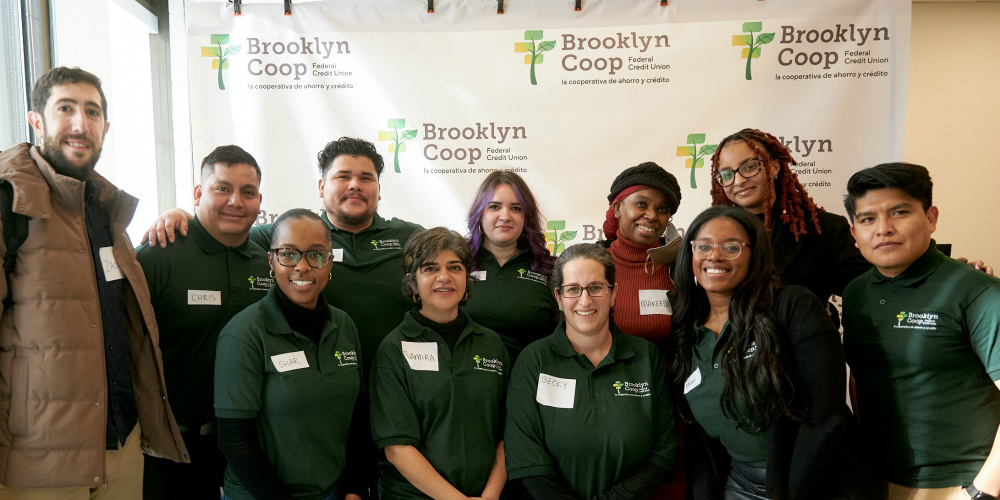
Rajan began as a volunteer but “got hooked by the challenge of building a community financial institution, and hasn’t left since then.” I told her the timing to meet is just right as mainstream banks are coming again under scrutiny, following the bankruptcy of Silicon Valley Bank which has gripped everyone in recent weeks. I ask if she thinks of this as the past financial crisis in 2008. “This time is different. The bank didn’t suffer from a liquidity crisis but rather from lousy management,” says Rajan firmly.
She is more concerned about the consequences if the government decided on retroactive, unlimited and universal deposit insurance. “It implies a much, much stronger regulatory regime than Congress will ever impose – remember this is the same Congress that happily loosens regulations whenever banks complain,” she wrote in her blog at the bank.
Deposits are guaranteed up to 250,000 USD in the United States. More than 94 per cent of Silicon Valley Bank’s deposits were uninsured, the Federal Deposit Insurance Corporation said. Most of the customers at SVB had deposits way over that limit. As they panicked, they went online and began drawing their deposits to other banks. “The Bank’s management should have diversified its customers’ portfolio,” she says.
Brooklyn Coop would never have to deal with that. The deposits of its over 7,000 customers are below that threshold and would be covered by the insurance deposit in the US. Rajan and her team have built a model of bank cooperative focused on financial services for the development of the community that respond to its needs and “empower households, individuals, and small businesses towards the goal of building their assets and securing their economic footing.”
These communities have long histories of neglect and abuse at the hands of mainstream financial institutions.
Rajan has always been interested in the topic of distribution of wealth and economic justice. Her grandparents were originally from India, and they were taken as indentured Indian laborers to Tanzania in the early twentieth century by British colonialists. They were part of a wave of migration into Africa to serve the colonial government overseas. After Tanzania declared its independence from the colonialist rulers, Rajan’s parents moved to London and from there to Queens, New York. Their story is not unique, but it helps Rajan understand what it means to attempt to put into practice the idea of America as the land of opportunity and the struggles of first- and second-generation families.
Rajan grew up in Queens and attended college in Philadelphia. She worked at the Federal Reserve in New York, where she found the motivation to do a Phd in Economics to better understand the system. But, to her disappointment, she couldn’t get in. With hindsight she says, “it wasn’t meant to be because my career path should take another direction.”
Instead she went for a Master in Public Policy at Harvard where she met a professor, who had worked for a loan fund in Chicago, and told her “you can focus on these regulatory organizations and know how they function but you will not understand how the money hits the streets.” In her master thesis she interviewed some people at credit unions in New York as part of her field research. One was Jack Lawson, who had just founded the bank cooperative in 2001 in Brooklyn and offered Rajan a volunteer job at the bank in a mainly Latino neighborhood.
“Suddenly I realized I could put my Spanish – she had spent one year in Madrid – into good use,” says Rajan with a knowing smile that we could switch languages if we want to. “Between 2001 and 2006 it was just me building a loan portfolio. People were great and understood who I am, they would say hello if they recognized me on the streets.” She found herself at home.
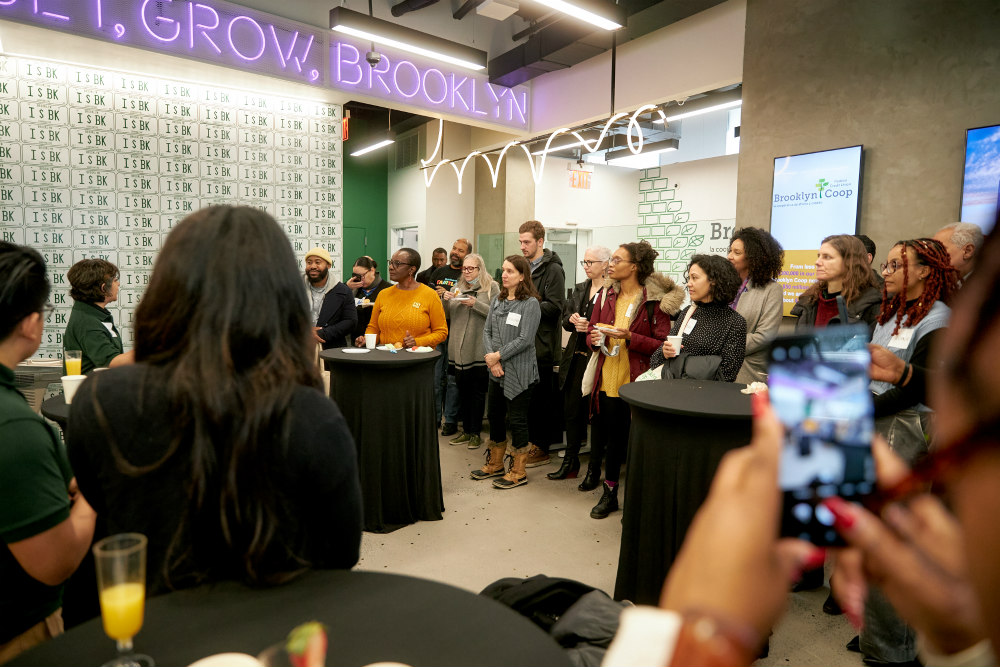
Since 2008 she is the CEO of Brooklyn Coop and it has expanded into three branches in Bushwick, Bedford-Stuyvesant and East New York, with a large coverage into the districts of Crown Heights, and Brownsville as well as the Queens Community of Ridgewood. “Some of these communities were thriving at some point in history, however things became really bad and now they are among New York City’s most economically challenged communities,” explains Rajan. “And, they have long histories of neglect and abuse at the hands of mainstream financial institutions.”
“Even if financial literacy among these communities is low, people know that the system works against them, and they know together they are more powerful,” says Rajan. When the financial crisis hit in 2008, many people got trapped with expensive mortgages whose conditions didn’t consider the high value of the properties they owned.
Their properties’ prices have been increasing as Brooklyn became more popular. With few options available for mortgage loans, people took the offer of many banks that would give them loans at variable interest rates for 30 years. But those loans were, from the beginning, created to fail and foreclosures and evictions would be just another chapter in the rolling story of bank instability.
“We don’t do that,” she says. “Brooklyn Coop’s response to the needs of people in the community has a different approach because we want them to be able to pay their loans back. Our bank has evolved as a trustful institution for the community.” People can join the bank cooperative with a membership fee ($25) plus $5 to deposit the minimum into the savings account. Members will also have access to working capital to start or expand their small businesses.
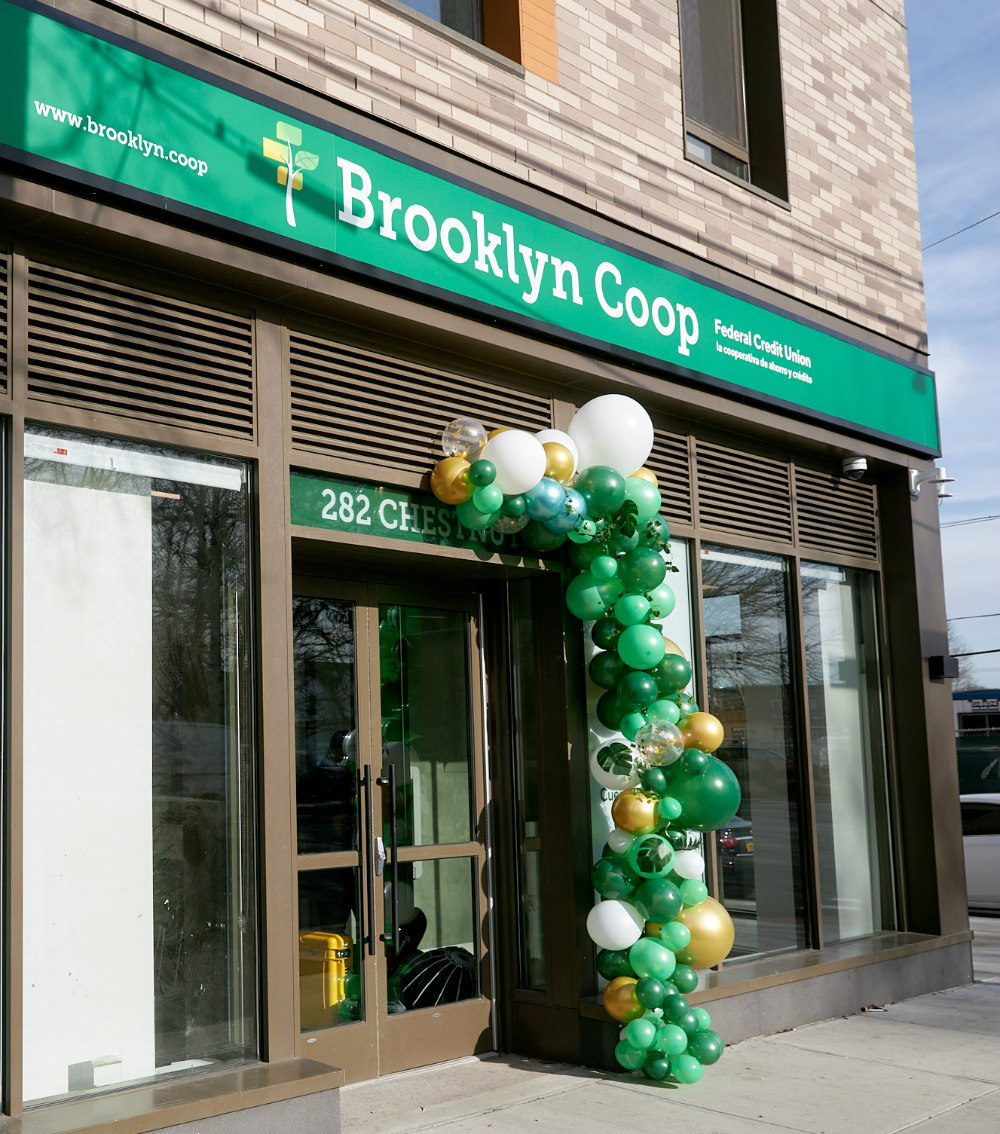
Like Annie Lenox there are many other little stories of success that Rajan has experienced during all these years, and she has seen all the struggles from the front line. She points out to the young talented lady who discovered a gap in the market of wedding dresses for curvy and large size brides. She began doing bespoke tailoring and founded her successful startup Pantora Bridal. After she won a prize of one million dollars on a TV program, she bought a building in her neighborhood and asked Brooklyn Coop for a loan.
“The loan amount was too big for a bank cooperative alone and I had to ask two other banks and another credit union to jointly grant the loan to Pantora’s founder. But two banks rejected the offer on the grounds of her business plan because the pandemic has hit the business. But the historical records were good and it was clear that it would improve after the pandemic. She was the perfect candidate and still these mainstream banks didn’t want to do it,” explains Rajan. Pantora is just one of many cases that keeps one wondering why banks are not interested in community lending but rather invest in big businesses that compete against our local companies. Isn’t Pantora a great opportunity to sway the distribution of wealth?
Rajan speaks of a recent article in The New York Times that highlights the necessity of affordable and small-scale credit in building wealth for working people to fight poverty. And she adds that “the biggest challenge in this country to people is housing, so how do you fix it?” Repeatedly many people struggle to access affordable credit. This year’s financial inclusion survey, the largest in the UK with 4,500 participants, found that “28 percent of people now feel locked out of the UK’s financial services market, up from 20 per cent when the inaugural research was done last year. The percentage who feel financially excluded rises to 45 per cent for black and ethnic minority groups.”
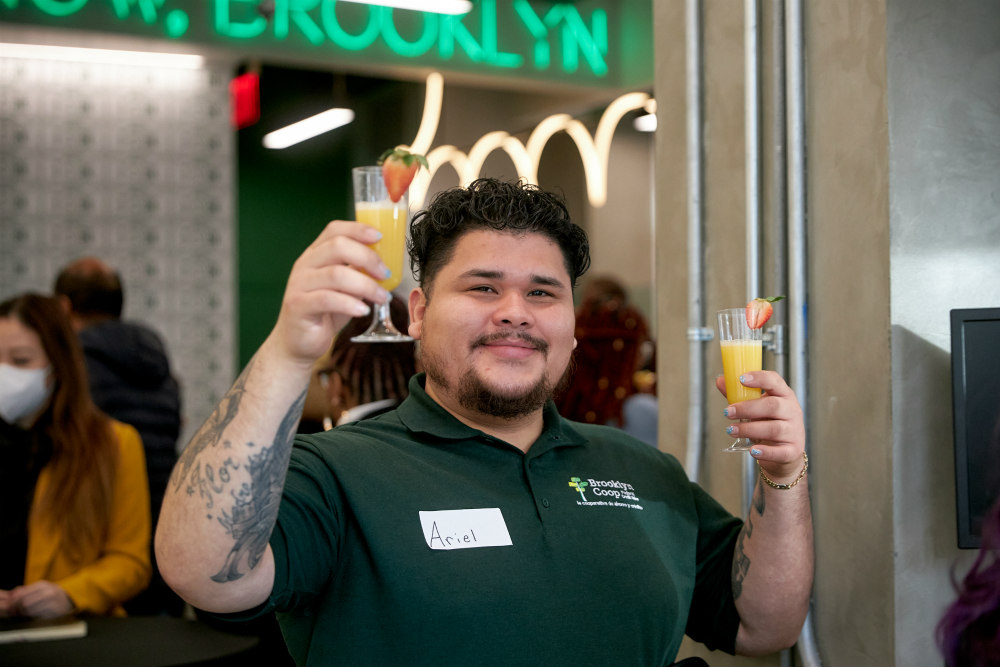
Based on her experience advising people, Rajan sees financial literacy as a crucial factor for communities to thrive. After Rajan’s father retired in 2002, he and Rajan signed up for the national-wide program VITA supported by the IRS. Their commitment to boost financial resilience and make a difference in these communities evolved into the non-profit affiliated to the bank Grow Brooklyn. “It is a substantial program, we have even expanded the services to Staten Island. It feels very inspiring to be part of these people’s lives by helping them find financial stability and build a basis for their future.”
Rajan says she is very committed to the bank cooperative movement but not at the price of becoming another mainstream big bank because her main goal is granting people fairly access to money, and helping them make the right decisions. She refers to one big bank that has failed to embrace retail banking, because they are more focused on securities and trading profits for their own accounts—which generally means speculating against local interests.
In other words, this is the difficulty of scalability, which generally diminishes the model that Rajan devised to raise up communities: “for retail banking you truly need to be local because you don’t want to miss things like Pantora.”
